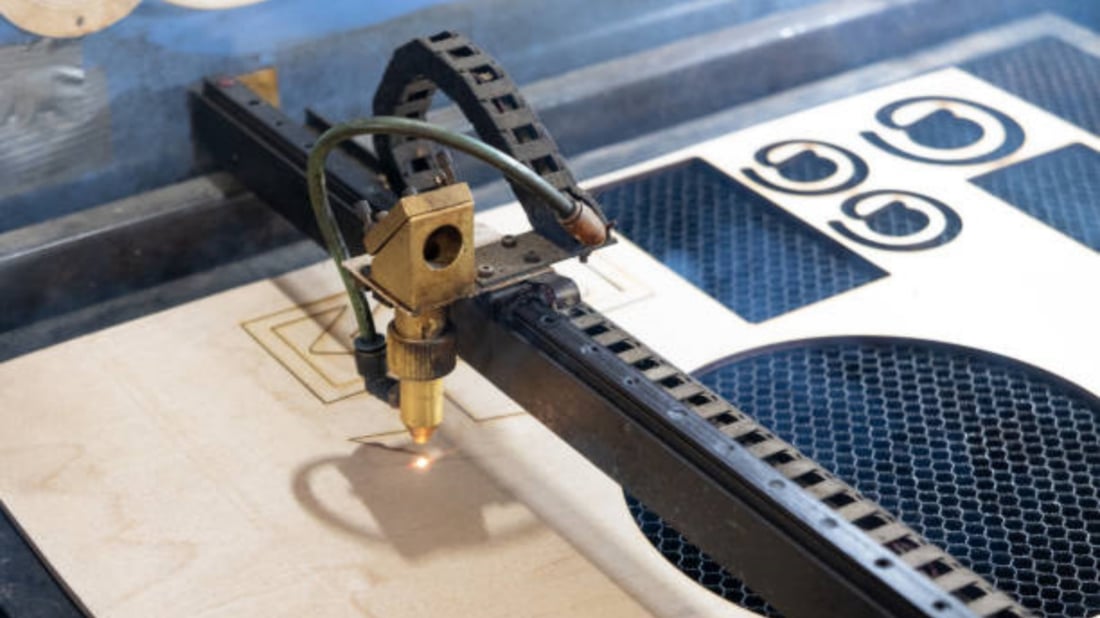Learn about the Two Types of Sheet Metal Bending
Sheet metal bending is a process performed in order to create angles, curves, and other shapes in sheet metal. It is a common process used in manufacturing and construction industries and can be done in a variety of ways. In this article, we will discuss the two types of sheet metal bending.
The Two Types of Sheet Metal Bending
1. Air Bending
Air bending is a common type of sheet metal bending that does not use any form of stamp or tooling. Instead, the bending process occurs by pressing the sheet metal between a punch and a die. The punch and die are not in contact with the sheet metal, which allows for greater flexibility in the bending process.
Another benefit of air bending is the ability to easily adjust the angle of the bend. This makes it ideal for creating parts with varying angles and shapes. Air bending is commonly used in the automotive, aerospace, and construction industries.
2. Bottoming Bending
Bottoming bending, also known as die bending or V-bending, is the process of bending sheet metal using a die or stamp. The sheet metal is placed over the die and is bent by the stamp until it reaches the desired shape. This type of bending is commonly used for producing parts that require precision, such as those used in the electronics and medical industries.
One advantage of bottoming bending is the ability to create sharp bends. This is due to the fact that the die used in the process can be shaped to fit the desired angle, creating a precise bend in the sheet metal.
Conclusion
Sheet metal bending is an important process used in a variety of industries. Air bending and bottoming bending are two common types of sheet metal bending, each with their own advantages and disadvantages. Understanding the differences between these types of bending can help to ensure that the proper process is used for a given project.

